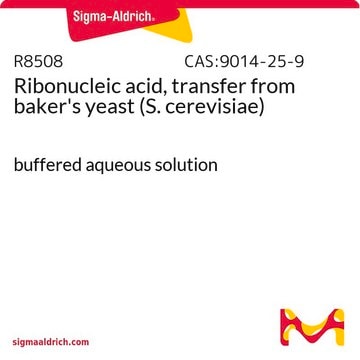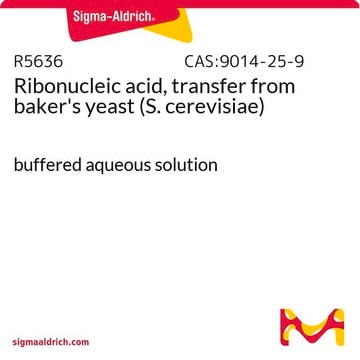S9751
Sulfatase from Helix pomatia
Type H-2, aqueous solution, ≥2,000 units/mL
Synonym(s):
Aryl-sulfatase, Aryl-sulfate sulfohydrolase, Phenolsulfatase
About This Item
Recommended Products
type
Type H-2
form
aqueous solution
secondary activity
≥100,000 units/mL β-glucuronidase (at pH 5.0)
mol wt
~85 kDa by gel filtration
concentration
≥2,000 units/mL
shipped in
wet ice
storage temp.
2-8°C
Looking for similar products? Visit Product Comparison Guide
General description
Application
Unit Definition
substrate
Signal Word
Danger
Hazard Statements
Precautionary Statements
Hazard Classifications
Resp. Sens. 1 - Skin Sens. 1
Storage Class Code
12 - Non Combustible Liquids
WGK
WGK 2
Flash Point(F)
Not applicable
Flash Point(C)
Not applicable
Certificates of Analysis (COA)
Search for Certificates of Analysis (COA) by entering the products Lot/Batch Number. Lot and Batch Numbers can be found on a product’s label following the words ‘Lot’ or ‘Batch’.
Already Own This Product?
Find documentation for the products that you have recently purchased in the Document Library.
Customers Also Viewed
Protocols
Enzymatic Assay of Sulfatase (EC 3.1.6.1.)
Our team of scientists has experience in all areas of research including Life Science, Material Science, Chemical Synthesis, Chromatography, Analytical and many others.
Contact Technical Service












